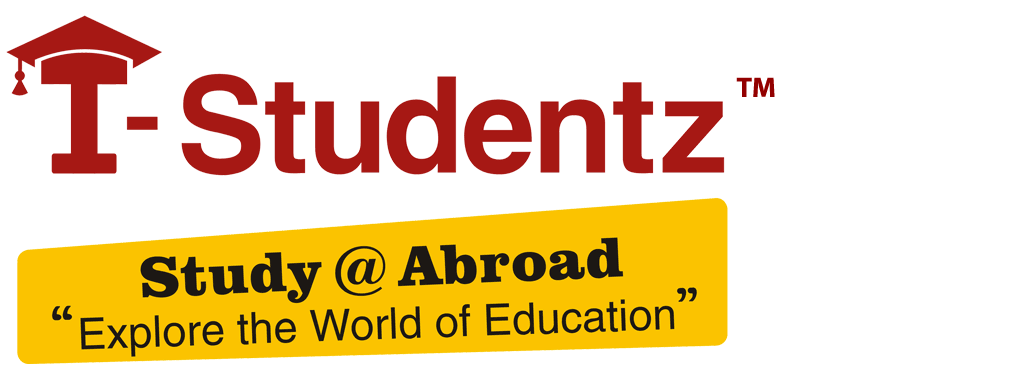The University of Minnesota, Twin Cities (often referred to as The University of Minnesota, Minnesota, the U of M, UMN, or simply the U) is a public research university in Minneapolis and Saint Paul, Minnesota. The Minneapolis and St. Paul campuses are approximately 3 miles (4.8 km) apart, and the Saint Paul campus is actually in neighboring Falcon Heights.[7] It is the oldest and largest campus within the University of Minnesota system and has the sixth-largest main campus student body in the United States, with 51,147 students in 2013–14. The university is the flagship institution of the University of Minnesota system, and is organized into 19 colleges and schools, with sister campuses in Crookston, Duluth, Morris, and Rochester.
The University of Minnesota is one of America’s Public Ivy universities, which refers to top public universities in the United States capable of providing a collegiate experience comparable with the Ivy League. Founded in 1851, The University of Minnesota is categorized as an R1 Doctoral University with the highest research activity in the Carnegie Classification of Institutions of Higher Education. Minnesota is a member of the Association of American Universities and is ranked 14th in research activity with $881 million in research and development expenditures in the fiscal year ending June 30, 2015.
Accountancy
Addictions Counseling
Adult Education
Aerospace Engineering and Mechanics
Agricultural Education
American Studies
Animal Sciences
Anthropology
Applied Child and Adolescent Development
Applied Economics
Applied Plant Sciences
Architecture
Art History
Art
Arts and Cultural Leadership
Asian Literatures, Cultures, and Media
Astrophysics
Biochemistry, Molecular Biology and Biophysics
Bioethics
Bioinformatics and Computational Biology
Biological Sciences
Biomedical Engineering
Biomedical Informatics and Computational Biology
Biophysical Sciences and Medical Physics
Bioproducts and Biosystems Science
Biostatistics
Business Administration
Business Analytics
Business and Industry Education
Business Research
Chemical Engineering
Chemical Physics
Chemistry
Child Psychology
Civil Engineering
Classical and Near Eastern Studies
Clinical Research
Communication Studies
Community Health Promotion
Comparative and Molecular Biosciences
Comparative Literature
Comparative Studies in Discourse and Society
Computer Science
Conservation Biology
Creative Writing
Curriculum and Instruction
Data Science
Dental Hygiene
Design
Medicine
Earth Sciences
Ecology, Evolution and Behavior
Economics
Education, Curriculum, and Instruction
Educational Psychology
Electrical Engineering
English
Entomology
Environmental Health
Environmental Restoration Engineering and Science
Epidemiology
Experimental and Clinical Pharmacology
Experimental Surgery
Family Education
Family Social Science
Feminist Studies
Finance
Financial Mathematics
Food Science
French
Geoengineering
Geographic Information Science
Geography
Germanic Studies
Health Care Administration
Health Communication
Health Informatics
Health Informatics
Health Journalism and Communication
Health Services Research, Policy, and Administration
History
History of Science, Technology, and Medicine
Horticulture
Human Factors and Ergonomics
Human Resource Development
Human Resources and Industrial Relations
Human Rights
Industrial and Systems Engineering
Infrastructure Systems Management and Engineering
Integrated Behavioral Health
Integrated Biosciences
Integrative Biology and Physiology
Integrative Health & Wellbeing Coaching
Kinesiology
Land and Atmospheric Science
Landscape Architecture
Leadership in Education
Liberal Studies
Linguistics
Mass Communication
Patent Law
Materials Science and Engineering.
Maternal and Child Health
Mathematics
Mechanical Engineering
Medical Device Innovation
Medical Physics
Medicinal Chemistry
Microbial Engineering
Microbiology, Immunology, and Cancer Biology
Molecular, Cellular, Developmental Biology and Genetics
Multicultural College Teaching and Learning
Music
Natural Resources Science and Management
Neuroscience
Nursing
Nutrition
Oral Biology
Organizational Leadership, Policy, and Development
Pharmaceutics
Pharmacology
Philosophy
Physics
Plant Biological Sciences
Plant Pathology
Political Science
Psychology
Public Affairs
Public Health Administration and Policy
Public Health Informatics
Public Health Nutrition
Public Health Practice
Public Policy
Rehabilitation Science
Rhetoric, Scientific and Technical Communication
Science, Technology, and Environmental Policy
Scientific and Technical Communication
Scientific Computation
Security Technologies
Social and Administrative Pharmacy
Social Work
Sociology
Software Engineering
Special Education Initial License
Special Education
Speech-Language-Hearing Science
Sport and Exercise Science
Sport Management
Statistics
Stem Cell Biology
Strategic Communication
Supply Chain Management
Surgery
Teaching
Theatre Arts
Urban and Regional Planning
Veterinary Medicine
Water Resources Science
Work and Human Resource Education
Youth Development Leadership
GPA / Percentage: 3.58 / 90% +
GRE:
Verbal : 153
Quantitative: 163
Analytical writing: 3.60
IELTS / TOEFL / PTE:
IELTS: 7.0+
TOEFL: 79+
PTE: N/A
Fall intake / Aug – Sep:
Under Graduate N /A
Master’s Dec 15
Ph.D N /A
Spring intake / Jan – Feb:
Under Graduate N /A
Master’s N /A
Ph.D N /A
Summer intake / June – July:
Under Graduate N /A
Master’s N /A
Ph.D N /A
Under Graduate: $25,120 per year
Master’s : $25,120 per year
Ph.D : $25,120 per year








